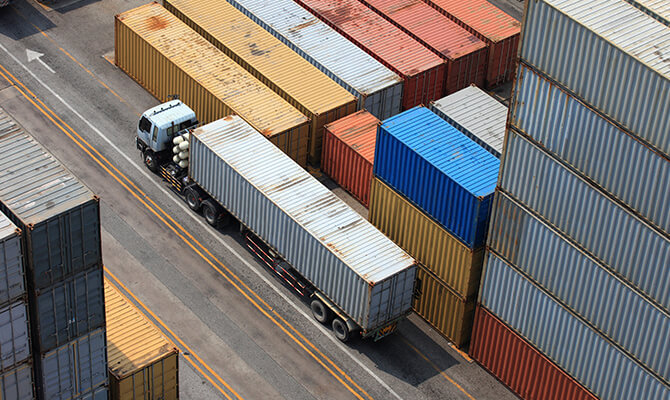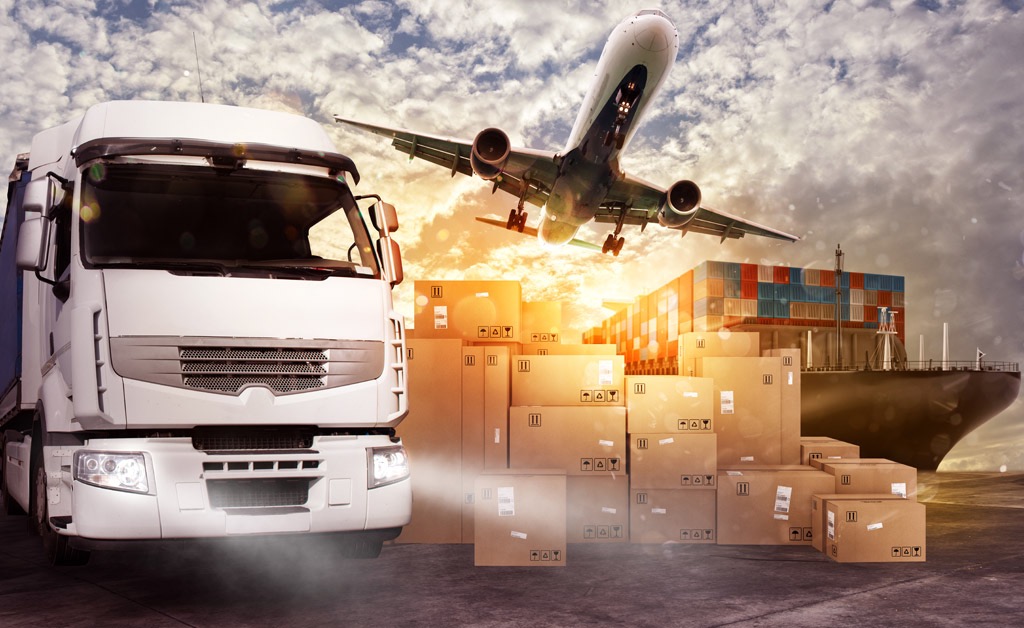Road, air, and sea transport are three primary modes of transportation that serve different purposes and are essential for the movement of goods and people across various distances and terrains.
- Road Transport:
- Description: Road transport involves the movement of passengers and goods on land using vehicles such as cars, trucks, buses, motorcycles, and bicycles.
- Advantages:
- Flexibility: Roads provide access to almost every location, including rural areas where other modes of transport may not reach.
- Cost-effectiveness: For short to medium distances, road transport can be more economical compared to air or sea transport.
- Door-to-door service: Road transport offers the convenience of delivering goods directly to the desired destination.
- Disadvantages:
- Congestion: Traffic congestion can cause delays and increase travel times.
- Environmental impact: Road transport contributes to pollution and carbon emissions, particularly from vehicles running on fossil fuels.
- Limited capacity: Roads have a finite capacity, and expanding infrastructure can be costly and time-consuming.
- Air Transport:
- Description: Air transport involves the movement of passengers and cargo by airplanes through the Earth’s atmosphere.
- Advantages:
- Speed: Air transport is the fastest mode of transportation, making it ideal for long-distance travel or urgent shipments.
- Global reach: Airplanes can reach virtually any destination with an airport, connecting distant locations worldwide.
- Minimal infrastructure requirements: Airports require less land area compared to other modes of transport infrastructure.
- Disadvantages:
- Cost: Air transport can be expensive compared to other modes, especially for large or heavy cargo.
- Weather dependence: Flights can be delayed or canceled due to adverse weather conditions, impacting schedules.
- Limited cargo capacity: While airplanes can carry large volumes of cargo, they have limitations compared to ships.
- Sea Transport:
- Description: Sea transport involves the movement of goods and passengers by ships or boats over water bodies such as oceans, seas, rivers, and canals.
- Advantages:
- Cost-effectiveness: Sea transport is often the most economical option for transporting large volumes of goods over long distances.
- High capacity: Ships can carry vast amounts of cargo, making them suitable for bulk transportation.
- Low environmental impact: Ships are relatively fuel-efficient per unit of cargo transported, resulting in lower carbon emissions per ton-mile compared to other modes.
- Disadvantages:
- Speed: Sea transport is slower compared to air transport, making it less suitable for time-sensitive deliveries.
- Accessibility: Landlocked regions may have limited access to sea transport, requiring additional infrastructure such as ports and inland waterways.
- Vulnerability to weather: Storms and rough seas can disrupt schedules and pose safety risks to ships and cargo.
Each mode of transport has its own set of advantages and disadvantages, and their suitability depends on factors such as distance, urgency, cost, and the nature of the goods being transported. Many transportation systems integrate multiple modes to leverage the strengths of each and provide efficient end-to-end solutions.

“Efficiency in Motion: Delivering Success Every Mile”
Hetmayar


